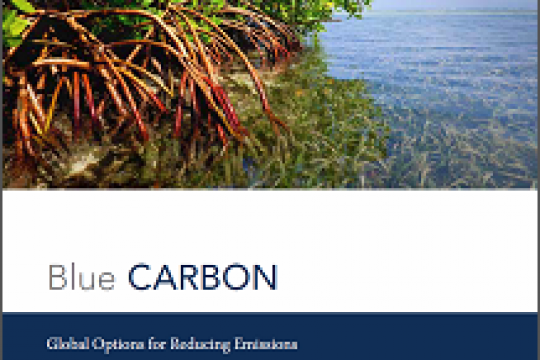Work by RFF researchers and colleagues shows how preventing the release of “blue carbon” stored in mangroves, sea grasses, and salt marshes may be an effective way to reduce the amount of carbon dioxide in the air.
Mangroves, salt marshes, and sea grass meadows store considerable amounts of carbon in their biomass and soil, but when disturbed by land-use changes and development, much or all of the "blue carbon" is released into the atmosphere. Protecting those rapidly disappearing areas may prevent the release of 42 billion tons of stored carbon dioxide emissions into the air, according to a new RFF report.
This project is a joint effort of RFF's Center for Climate and Electricity Policy and Center for the Management of Ecological Wealth. Full report was published in November 2012.
Refer to the link below for detail on this project.

